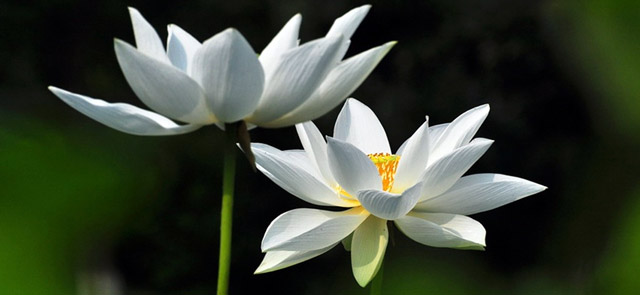As human beings, we are complex creatures with intricate personalities shaped by a myriad of experiences, beliefs, and desires. One aspect of our being that often takes center stage is the ego—the part of us that seeks validation, craves attention, and constantly compares itself to others. While the ego can serve as a driving force for growth and achievement, it can also become a hindrance, preventing us from experiencing true happiness and meaningful connections with others. In this chapter, we will explore the importance of letting go of our ego and finding a more balanced and fulfilling way of being.
1. Understanding the Ego
To embark on the journey of releasing our ego, we must first understand its nature. The ego is like a mask we wear, shaped by our insecurities, fears, and the expectations society imposes on us. It seeks external validation, constantly comparing itself to others and craving recognition and praise. The ego tends to create an illusion of separation, making us believe that we are separate and distinct from others, leading to feelings of superiority or inferiority.
2. The Illusion of Superiority and Inferiority
When the ego takes control, it can lead to a distorted perception of ourselves and others. We may fall into the trap of believing that we are superior to others, which fosters arrogance, judgment, and a lack of empathy. Conversely, the ego can also make us feel inferior, fostering self-doubt, insecurity, and a constant need for validation from external sources. Both extremes are detrimental to our personal growth and hinder genuine connections with others.
3. Cultivating Humility
Humility is the antidote to an inflated ego. It is not about self-deprecation or undermining our worth but rather an acknowledgment that we are part of a larger whole. Embracing humility allows us to appreciate the value and worth of every individual we encounter, fostering empathy, compassion, and genuine connections. By letting go of our ego's need for superiority or validation, we open ourselves to learn from others, embracing the beauty of diversity and different perspectives.
4. Authenticity and Vulnerability
Authenticity and vulnerability are essential ingredients in the process of releasing our ego. When we let go of the need to present a perfect image to the world, we allow ourselves to be seen and known for who we truly are. Embracing vulnerability creates space for genuine connections to flourish, as we invite others to join us in our human experience, with all its imperfections and complexities.
5. Embracing Interconnectedness
Releasing our ego also involves recognizing the interconnectedness of all beings. We are not separate entities but rather threads woven into the intricate tapestry of life. When we acknowledge this interconnectedness, we begin to see the inherent value in every individual, fostering compassion, empathy, and a sense of shared responsibility for the well-being of others and the world.
6. Gratitude and Celebration
As we embark on the journey of letting go of our ego, it is crucial to cultivate gratitude and celebrate the accomplishments and successes of others. Instead of feeling threatened or envious, we can genuinely rejoice in the achievements of others, recognizing that their triumphs do not diminish our own. By shifting our perspective from scarcity to abundance, we open ourselves to infinite possibilities and create a more positive and supportive environment.
7. The Path of Self-Reflection and Mindfulness
Releasing the ego is an ongoing process that requires self-reflection and mindfulness. By observing our thoughts, emotions, and behaviors, we become aware of the moments when the ego tries to take control. Through mindfulness practices like meditation and self-inquiry, we develop the ability to detach from our ego's narrative, creating space for a more authentic and compassionate way of being.
Conclusion
Letting go of our ego is not a task accomplished overnight; it is a lifelong practice that requires patience, self-compassion, and perseverance. By embracing humility, authenticity, vulnerability, and interconnectedness, we free ourselves from the shackles of comparison, judgment, and the constant need for validation. As we embark on this transformative journey, we create space for true happiness, genuine connections, and a deep sense of fulfillment to enter our lives. So, let us begin the process of releasing our ego and embracing the beauty of our interconnected existence.







